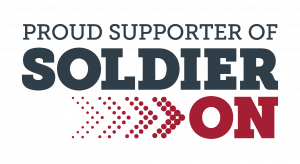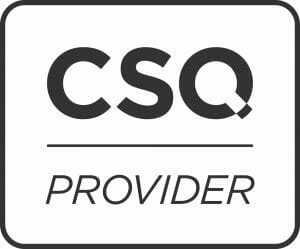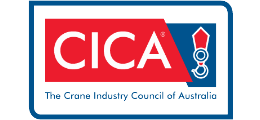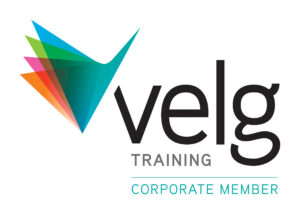About this Basic Rigging Course
Looking to step into the world of rigging? You’re in the right place.
This course covers all the skills and knowledge required to safely perform basic rigging work in construction and industrial settings. You’ll learn to move heavy loads, install safety systems, and work with a variety of rigging equipment used on site.
Topics include:
-
Steel erections and precast concrete placement
-
Hoist operations (including mast climbing hoists)
-
Safety nets, static lines, and perimeter safety screens
-
Cantilevered crane loading platforms
This training leads to the High Risk Work Licence (Class RB).
Course Outline
The CPCCLRG3001 course runs over 5 days and combines both theoretical and practical rigging training.
-
Day 1: Safety fundamentals and regulations overview
-
Days 2–4: Practical rigging operations and skills development
-
Day 5: Final assessment for High Risk Work Licence (RB)
You’ll learn how to plan, prepare, and execute basic rigging operations safely and efficiently.
Location:
Public course is available at Ingleburn, NSW, Salisbury, QLD, Carrum Downs, VIC
Course Availability & Pricing
Please see our public course dates below. If there are no dates available or you would like to arrange a private course at your site or ours, then please select the ‘Private courses’ button.
Rigging FAQs
Why Get Your Basic Rigging Licence?
A basic rigging licence is compulsory for carrying out any type of basic rigging activity on all Australian work sites. It is also a pre-requisite for obtaining an intermediate rigging licence.
A rigging licence also opens doors to careers in a range of industries where there is a requirement for lifting and moving heavy loads, which may in turn lead to higher earning potential and opportunities for promotion.
Career Pathways in Rigging
If you’re considering a career in the rigging industry, you can count on hands-on work experience and numerous employment opportunities in manufacturing, mining, logistics, construction and a wide range of other industries.
As a rigger, you’ll work with machinery and equipment to move heavy loads, materials, and supplies.
Why Choose Kallibr Training in NSW & QLD?
Our High Risk Work Licence (class RB) course prepares you for real-world rigging situations involving most common types of rigging and loads.
As an industry leader in rigging training, Kallibr Training makes sure you have the right skills and knowledge to safely plan, execute, and wind up basic rigging activities. From planning, selecting, inspecting, preparing, operating, and packing up... These skills are also transferable across industries.
Unique Rigging Training Methods
With purpose-built facilities like designated height structures and modern equipment, we offer unique rigger training that mimics a wide range of real-life rigging situations. Our students also have access to additional practice time should it be required.
Experienced Course Instructors
Our experienced rigging instructors are highly skilled professionals with years of industry experience across many different sectors – army, fire and rescue, mining, civil and major construction, crane yards etc. This allows them to draw on personal experiences to provide real examples and case studies.
Advanced Modern Equipment
Our purpose-built training facilities in Sydney and Brisbane have a wide range of modern full-sized structures and rigging equipment, including Telex, Tadano, and dual hoist cranes, winches, Preston counter levered crane-loading platforms, and lifting gear. This ensures our students are trained and gain experience on industry-standard equipment.
Real-World Applications
We provide custom-made facilities and structures designed to replicate real-world work environments. Our instructors are also experienced riggers, capable of bringing personal experience to the table. Combined, this ensures our students can step straight into any workplace environment with ease and confidence, and with skills and training that are directly transferable across industries.
Certification and Ongoing Support
Upon successful completion of the Basic Rigging Licence course, students receive a nationally recognised Statement of Attainment in CPCCLRG3001 so they can obtain their Rigging basic ticket.
Basic rigging tickets need to be renewed every 5 years in Australia. If done within 12 months of expiry date, you usually don’t have to redo the applicable training and assessment courses for endorsements already held.
However, you should be prepared to undertake regular refresher courses to keep up to date with current safety and workplace legislation and practises. Our refresher courses are designed to provide this, and reinforce safe operating techniques!
Flexible Training Options
Sometimes industry training is not ‘one-size fits all’ and our public courses or availability don’t suit.
We do offer a range of private options so talk to us about your specific training requirements and we’ll do our best to accommodate them!
Book your CPCCLRG3001 - Licence to Perform Rigging Basic Level Course
Contact us to discuss your training requirements or to book your basic rigging course with us today.




